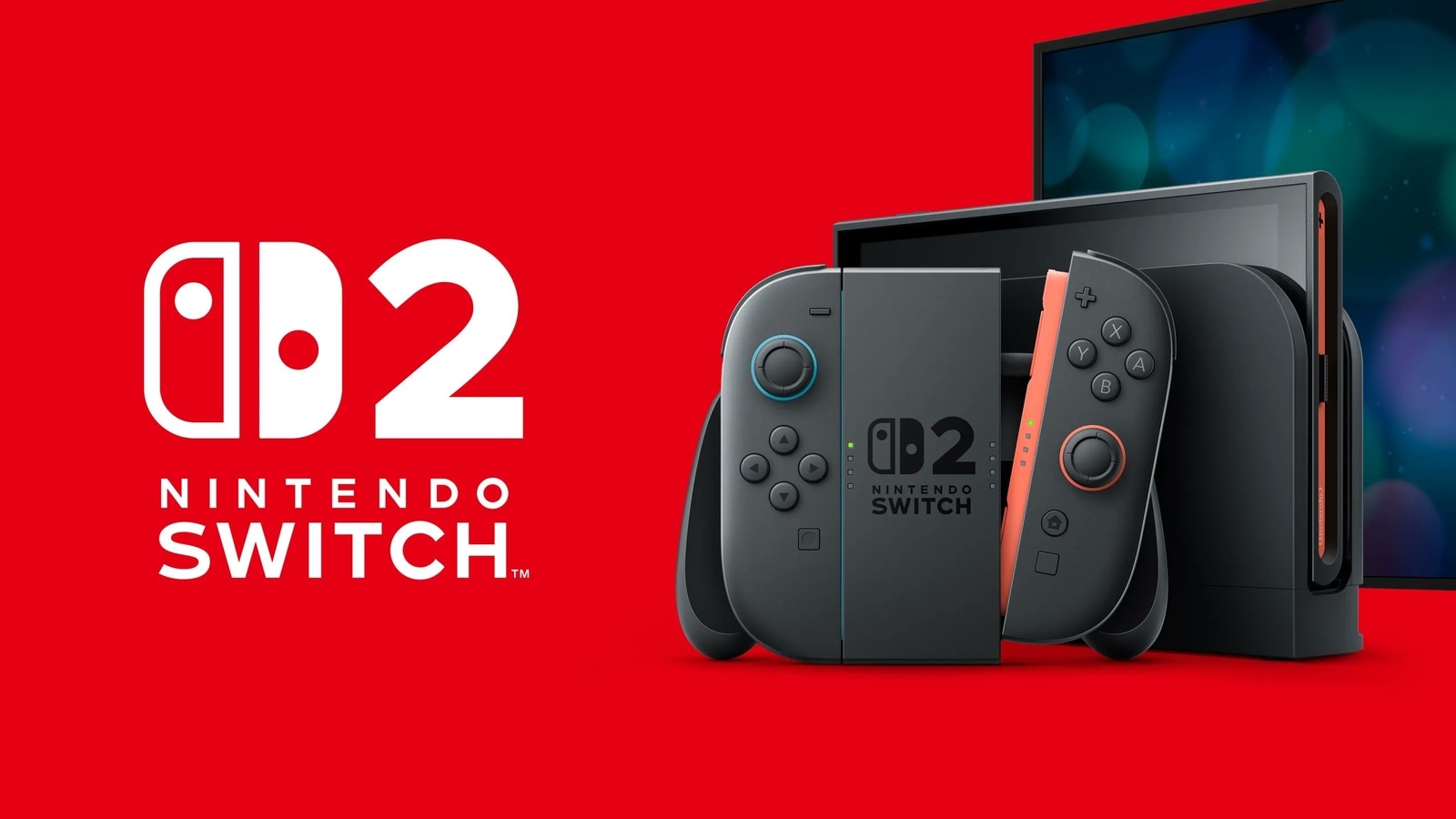NASSAU, Bahamas — At least one person says it’s monstrous. Others say they don’t understand the anger. But everyone has opinions.
The decision by the USGA and R&A to “roll back” golf balls universally across all levels of golf is now one of the most debated topics in the game. After three years of a “notice and comments” period in which the governing bodies proposed a bifurcated system with only the pros using a different ball, such strong opposition to bifurcation led to a universal decision.
In less than a decade, the golf balls you and the pros are using will no longer be within the rules. But there’s a whole lot more to parse through with this massive move.
What does a ball rollback mean?
Golf balls will be scaled back to ensure they can not go as far, combatting a long-term issue of player distance increasing while golf courses remain at the same length (or undergo costly renovations to increase yardage). Manufacturers will be required to make new balls that meet the new standards. The previous system tested balls at 120 mph, ensuring they did not go further than the 317-yard distance limit. The new rules increase the test to 125 mph, which obviously would send a ball further, meaning the balls need to be scaled back. The longest hitters will lose 13-15 yards, the USGA said, while LPGA players may 5-7 yards. The average recreational golfer will lose less than 3-5 yards, according to the USGA.
Why are we doing this?
During the 2022-23 season, 98 PGA Tour professionals averaged more than 300 yards off the tee. Just 10 years ago only 13 did. The 75th-longest player on the tour this year, Kevin Roy, averaged 303.4 yards, or 31.5 yards more than his 1998 counterpart, Guy Boros. This is because of improvements in club and ball technology, creating concern among many in the game that professional golf is becoming a worse product as players can drive it so far that courses can’t keep up. As Tiger Woods put it Saturday, “We just don’t have enough property anymore.” Woods, as he himself noted, is hitting the golf ball longer than ever, despite all the surgeries he has been through in the last nine years.
The governing bodies only wanted to make this change for the highest levels of golf, not wanting to affect the recreational golfer. But there was strong opposition to that idea, particularly with the PGA Tour and top equipment manufacturers, with many claiming one of the beautiful parts of golf is that professional and recreational golfers all play the same equipment. Those people, for instance, PGA Tour policy board member Patrick Cantlay, also said bifurcation would mean manufacturers have to spend millions of dollars developing multiple different golf balls for different levels.
Even that is debatable — Rory McIlroy countered that point last week as he tweeted, “The game is already bifurcated. You think we play the same stuff you do?”
I don’t understand the anger about the golf ball roll back. It will make no difference whatsoever to the average golfer and puts golf back on a path of sustainability. It will also help bring back certain skills in the pro game that have been eradicated over the past 2 decades.…
— Rory McIlroy (@McIlroyRory) December 3, 2023
Maybe some of the pushback about bifurcation was really a fight to stop rollback altogether, but R&A head Martin Slumbers told Golf Digest, “There are only three options: We can bifurcate; you change the whole game; or you do nothing. And doing nothing is not an option.” Since the opposition to bifurcation was so strong, the USGA and R&A went forward with rolling it back for everyone.
This has been met with considerable pushback online, but they’re pushing forward with the changes.
“There’s gonna be a lot of ambulance chasers and alarmists that are gonna make this thing seem so much worse than it really is,” USGA CEO Mike Whan told The Golf Channel. “… I don’t want a few loud voices that are trying to get more clicks and more viewers and more phone calls to drive a frenzy that quite frankly isn’t based in fact.”
When will it take effect?
The roll back begins for elite players and competitions in 2028, and it begins applying to everyone in 2030.
What does it mean for the recreational golfer?
You’ll need new golf balls. Eventually. The new rules won’t begin for non-elite players until 2030, so you’ll get two years of seeing the pros play with this setup before having to conform.
One of the main issues some have with the universal roll back is that most recreational golfers are not hitting it anywhere near far enough to make distance an issue. PGA Tour golfer Keegan Bradley told reporters in the Bahamas this week: “For the amateur world to hit the ball shorter is monstrous. I can’t think of anything more stupid than that. I don’t think it’s very smart at all, especially when golf’s growing in popularity literally coming out of COVID.”
The counter to that would be courses can adjust tee boxes (and the cost to move them up is much less than it is to move them back) and that length is generally more about how far you hit it relative to the norm than about a certain number. McIlroy also countered points like Bradley’s, saying, “The people who are upset about this decision shouldn’t be mad at the governing bodies, they should be mad at elite pros and club/ball manufacturers because they didn’t want bifurcation.”
McIlroy also said: “It will make no difference whatsoever to the average golfer and puts golf back on a path of sustainability. It will also help bring back certain skills in the pro game that have been eradicated over the past 2 decades.”
Also keep in mind that the average golfer can get back that loss in distance through proper equipment fitting, lessons, better fitness or not playing the scuffed-up balls they find in the bushes.
Golfers are expected to lose 5 percent of distance with the proposed golf ball rollback. (Neil Baynes / Getty Images)
What does it mean for the PGA Tour pros?
This is the part that is difficult to nail down, and maybe the answer won’t come until 2028.
The fundamental goal is to keep golf a game that rewards hitting multiple types of shots and having success with all the clubs in your bag. The concern isn’t literally that people hit it too far. It’s that certain courses get turned into “drive the ball far and hit a short wedge,” which some say degrades the game. Many will forever cite the 2020 U.S. Open at Winged Foot in which long-hitter Bryson DeChambeau was able to launch drives far, not worry too much about accuracy and still get up and down on his way to a major victory. That is obviously the extreme, but it’s the simplest example of the problem.
Many pros say there’s far more to be done with course design and setup that could serve as a deterrent to the bomb-and-gouge approach. Scottie Scheffler pointed to TPC Sawgrass, Colonial and Hilton Head earlier this year as courses that have “stood the test of time” with designs that penalize poor drives. But other courses have removed trees and just opted to grow out the rough, which is not always enough.
The governing bodies likely hope that drives go back by 15 or so yards and you see more players hitting long irons into greens. Again, the goal is to reward a complete golf game.
Will it fix the problem?
Probably not, but it would be a lot more difficult to roll back equipment (though the USGA and R&A also indicated it’ll continue to test “driver creep” and the forgiveness of drivers for off-center hits) and the governing bodies thought something had to be done. Some of the best courses in the world, from Pebble Beach to St. Andrews, were at the risk of becoming overrun by where the game was going. Augusta National famously extended the 13th hole by 35 yards by buying the property behind the old back tees. Almost no other course can afford to do things like that.
There will always come unintended consequences from large decisions like this. Maybe it creates new problems. Maybe it will create an entirely different advantage to be capitalized on. But as Slumbers said, doing nothing was not an option, and in the short term, this could make professional golf a better product.
(Top photo: Angel Martinez / Getty Images)

























